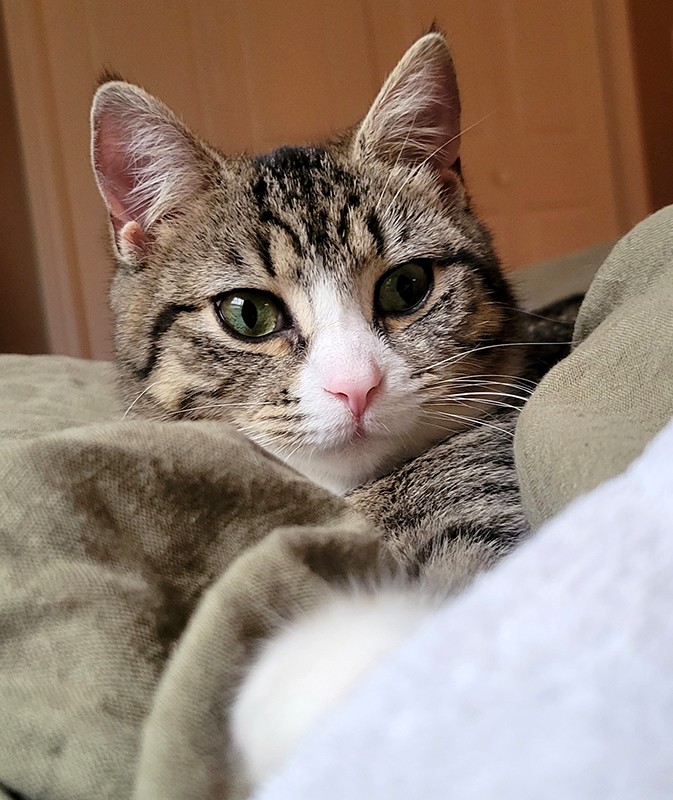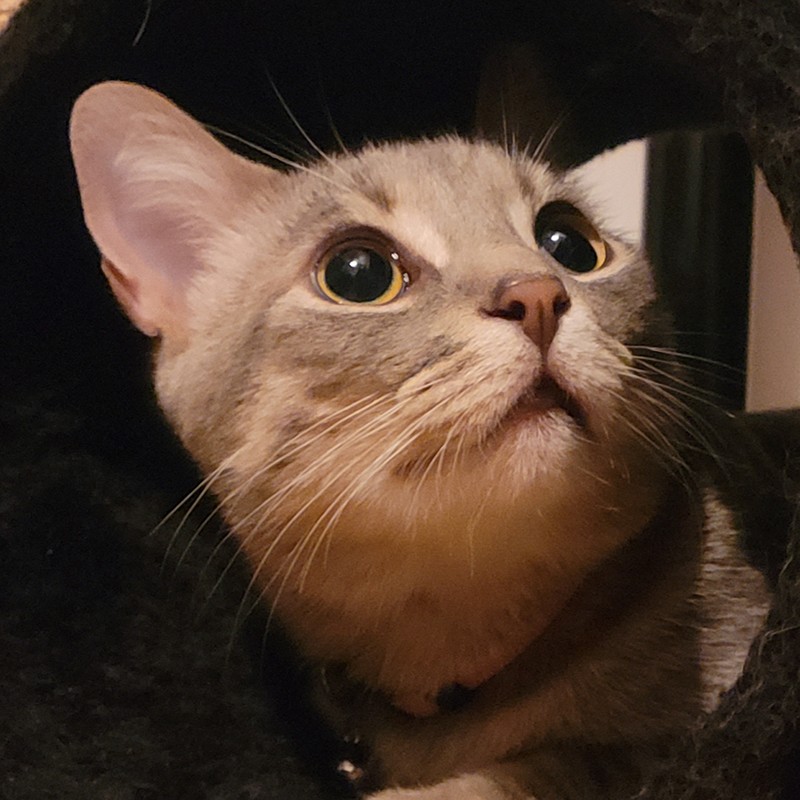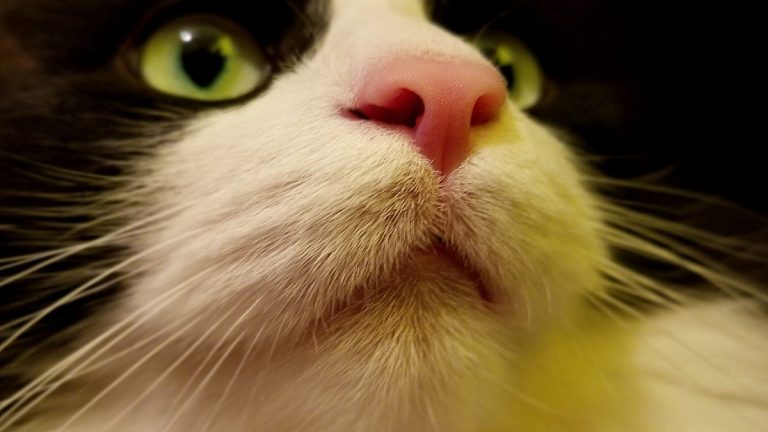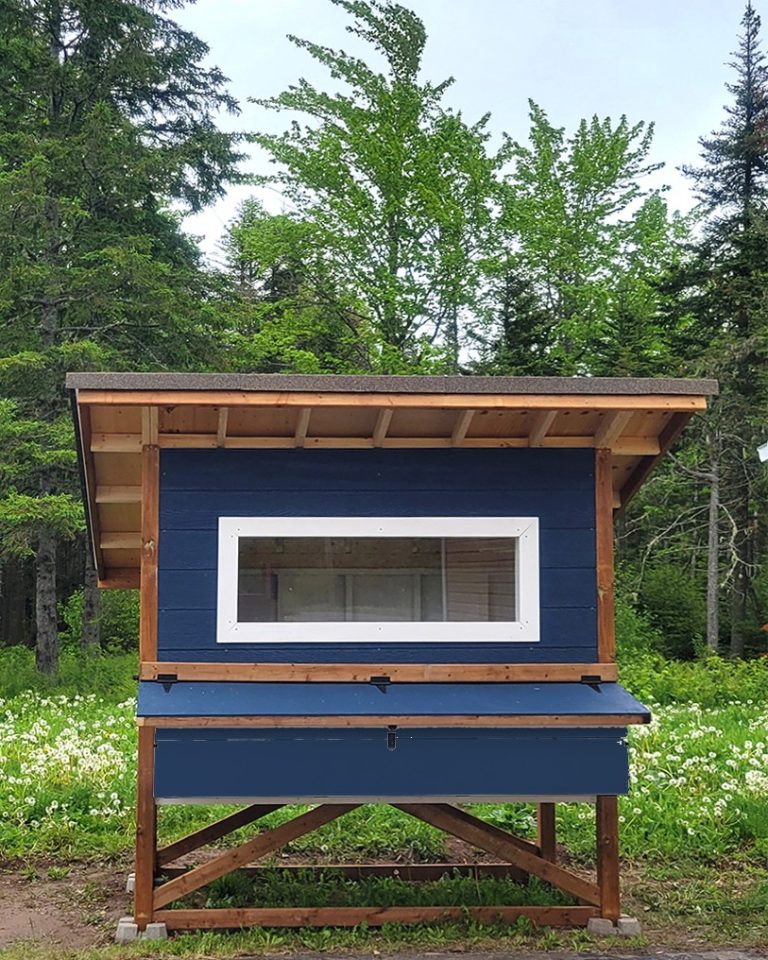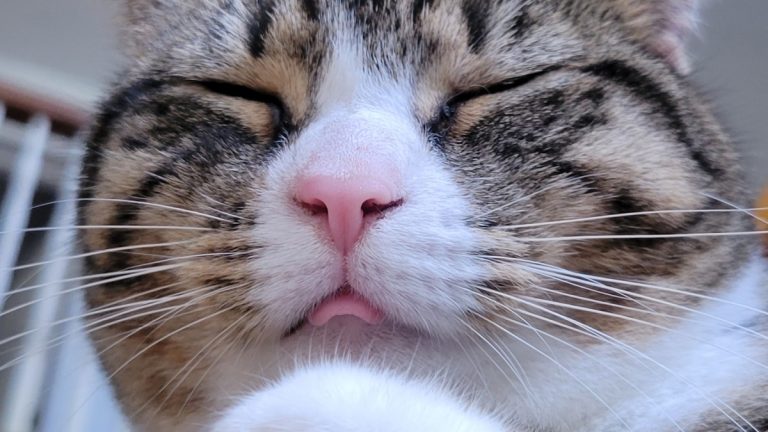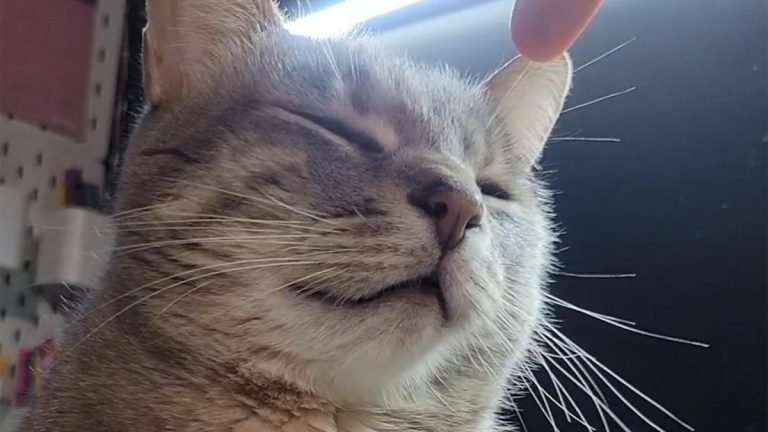As a proud cat parent to five indoor cats, maintaining a clean litter box setup is essential for both their health and our home’s hygiene. Since bringing home our very first cat 11 years ago, we’ve experimented with numerous types of cat litter and litter boxes to find the perfect combination. Today, I’ll be focusing on litter boxes, and in a future post, I’ll write more about the different types of cat litter I’ve experienced.
The Golden Rule for Litter Boxes: N+1
A well-known guideline for multi-cat households is the N+1 rule, where N represents the number of cats. With five cats, that means we need at least six litter boxes to prevent unwanted accidents. If there aren’t enough clean options available, cats may seek out sneaky corners of the house to do their business—something no cat owner wants to deal with!
Finding the Perfect Litter Box
We wanted a large, durable, and easy-to-clean litter box, preferably stainless steel to avoid odor buildup and staining. However, finding a sufficiently large stainless steel litter box in Canada was nearly impossible—and when we did, the price was outrageously high.
One day, while browsing a K-Mart in the city, I spotted a large round stainless steel basin originally designed for marinating vegetables when making Korean food, Kim-Chi. Instantly, I had an idea—why not use it as a litter box? I purchased two basins for $45 each, which was pricier than in Korea but still the best option available.
When we got home, we immediately filled them with litter, and our cats fell in love! These basins are spacious, easy to clean, and made of food-grade stainless steel, making them a fantastic alternative to traditional plastic litter boxes.
The High-Tech Solution: An Automatic Litter Box
Eventually, we decided to invest in an automatic litter box. With five cats, regular scooping became a chore, so after much deliberation, we took the plunge.
When the automatic litter box arrived, we were extremely careful with it at first, fearing we might damage its nice looking design. However, after three years of daily use, we’ve found it to be sturdy and reliable enough that we don’t have to be as careful with it. The only maintenance required is emptying the waste bin and refilling the litter every 2–3 days. Plus, the smart notifications on our phone and built-in indicator lights let us know when it’s time for upkeep.
We experimented with different types of litter for this automatic litter box, trying tofu and corncob litter as alternatives to the popular bentonite clay litter (e.g., Arm & Hammer). Despite being advertised as odor-free, I disliked the scent it emitted, so I was eager to find an alternative.
However, the tofu and corncob litters turned out to be a messy disaster. These had larger granules, preventing them from being filtered through the automatic machine’s mesh quickly enough, leading to excessive waste and frequent spills outside the box. In the end, we had to return to bentonite litter, as it worked best with the machine.
One downside of our automatic litter box is its inner lining, which isn’t very resistant to cat scratches. Over time, our cats’ scratching has caused small punctures and marks. Fortunately, the company’s customer service was great—they sent us a free replacement under warranty along with detailed instructions for installation.
Gradually Transitioning to Stainless Steel
Aside from the automatic litter box, we still have several regular plastic litter boxes purchased from big-box stores. However, we plan to gradually replace all plastic boxes with stainless steel. Plastic litter boxes are prone to odor absorption and wear and tear, as their porous surface traps odors from urine and waste, making it difficult to maintain freshness. Over time, scratches and constant cleaning can cause the plastic to weaken, leading to cracks and the accumulation of bacteria, which further contributes to persistent odors.
The Joys and Challenges of a Multi-Cat Household
In the end, I would say the biggest downside of having multiple cats is the constant cleaning—scooping, brushing, vacuuming. But it’s all worth it. The rewards—having them curl up in your lap, purring beside you while you work, and greeting you with affectionate head bunts—make every bit of effort worthwhile.
